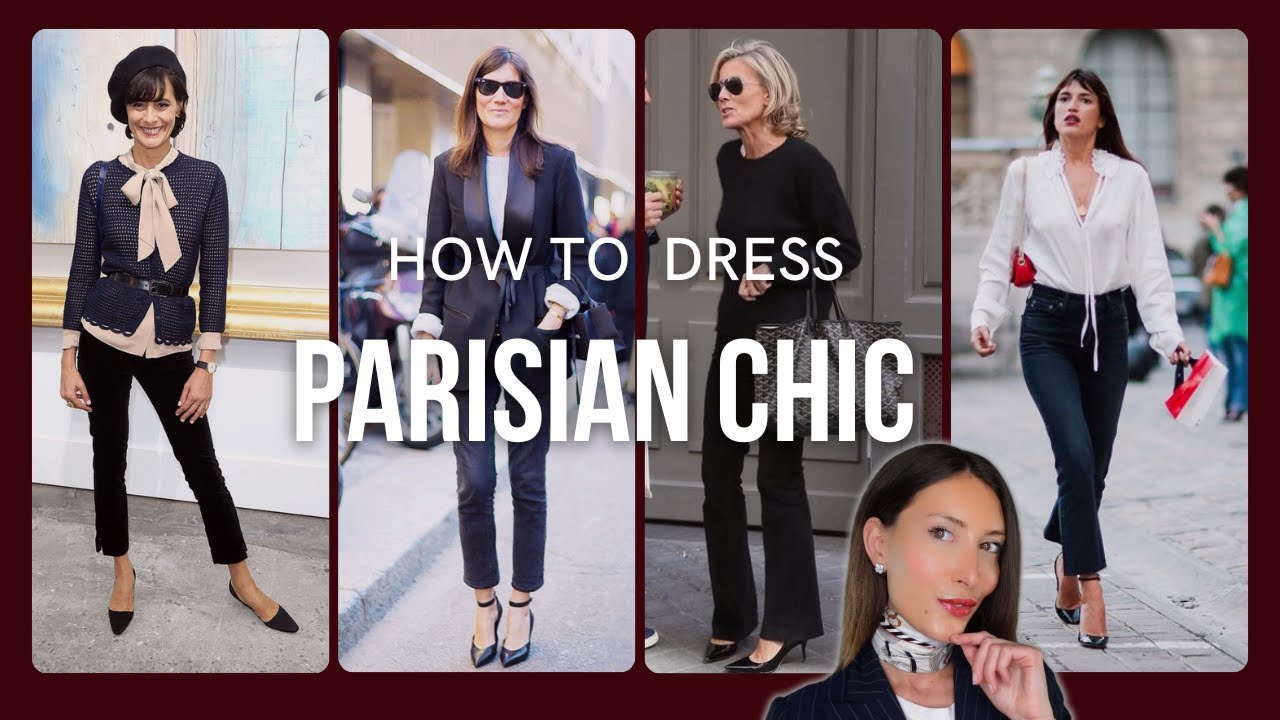Women’s clothing has undergone a remarkable transformation over the chic women’s clothing centuries, reflecting not only changes in fashion but also shifts in societal norms, roles, and self-expression. From the restrictive corsets of the Victorian era to the empowering athleisure of today, the evolution of women’s apparel tells a story of resilience, creativity, and liberation.
Historical Perspectives: The Fabric of Time
In ancient civilizations, clothing served as a marker of status and identity. For instance, in Ancient Egypt, linen garments adorned with intricate beading indicated wealth, while women in the Roman Empire wore tunics and stolas that conveyed both femininity and dignity. As centuries passed, the Middle Ages introduced layered garments and elaborate embroidery, emphasizing modesty but also showcasing artisanship.
The Renaissance brought about an appreciation for aesthetics and individuality. Women’s fashion became more elaborate, with gowns featuring voluminous skirts, tight bodices, and intricate lace. This period marked the beginning of fashion as a form of art and self-expression.
However, the late 19th and early 20th centuries saw a radical shift. The suffragette movement championed women’s rights and pushed against the constraints of traditional clothing. The introduction of the “new woman” silhouette—characterized by looser fits and shorter hemlines—mirrored women’s growing independence. Designers like Coco Chanel revolutionized women’s fashion by introducing trousers and the iconic little black dress, which became symbols of modern femininity.
The Influence of Social Movements
The 1960s and 70s marked another pivotal moment in women’s fashion. The feminist movement encouraged women to reject traditional roles and embrace comfort and functionality. This era saw the rise of pantsuits, miniskirts, and bold prints, reflecting a newfound sense of freedom and self-assuredness. Women were no longer confined to dresses; they could express their identities through diverse styles.
In the following decades, the blending of high fashion and street style became increasingly prevalent. Influential designers like Vivienne Westwood and Jean-Paul Gaultier challenged norms, introducing edgy designs that broke traditional gender boundaries. The 1990s grunge aesthetic embraced casual wear, while the rise of supermodels and pop culture icons brought attention to diverse body types and styles.
Modern Trends: Sustainability and Inclusivity
Today, women’s clothing continues to evolve in response to contemporary issues. The fashion industry is increasingly focused on sustainability, with brands prioritizing eco-friendly materials and ethical production practices. The rise of slow fashion encourages consumers to invest in quality pieces rather than fast trends, promoting a more mindful approach to clothing.
Moreover, inclusivity has become a crucial aspect of modern women’s fashion. Brands are expanding their size ranges and incorporating diverse models in their campaigns, reflecting the reality of body diversity. Plus-size fashion, adaptive clothing for individuals with disabilities, and gender-neutral styles are gaining prominence, challenging traditional notions of femininity and style.
The Digital Revolution: Fashion in the Age of Social Media
The advent of social media has also transformed how women interact with fashion. Platforms like Instagram and TikTok allow individuals to showcase their personal style, share tips, and promote small brands. Influencers and everyday users alike have democratized fashion, making it more accessible and relatable.
Additionally, the rise of online shopping has changed the way women approach clothing. Virtual fitting rooms and augmented reality tools enhance the shopping experience, enabling consumers to visualize how clothes will look before making a purchase.
Conclusion: Fashion as Empowerment
Ultimately, women’s clothing is more than just fabric; it is a reflection of societal values, personal identity, and empowerment. The evolution of fashion tells a rich story of women reclaiming their narratives, breaking barriers, and embracing their individuality. As we move forward, the focus on sustainability, inclusivity, and self-expression will continue to shape the future of women’s fashion, making it a dynamic and ever-evolving tapestry of culture and creativity.

